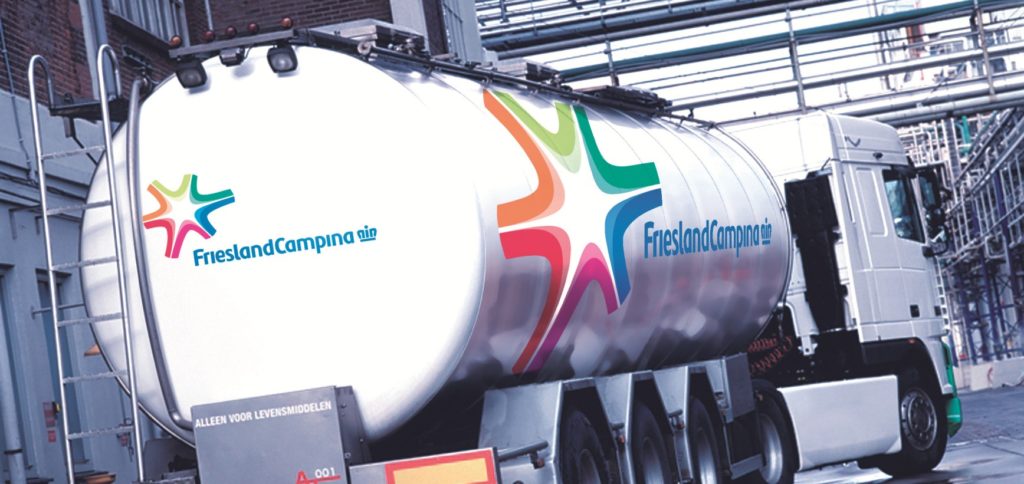Transport-container hygiene – how clean are food tanks?

An incredible amount of unpackaged, liquid or powdered raw materials and food is transported in Europe each day (DSLV). 250,000 tons, to be exact. While logistics companies and tank-cleaning operators are subject to the same strict criteria as actual food manufacturers, they themselves are usually the ones to define what it means to “clean” a transport container.
But the regulations are simple and straightforward: The cleaning result must be verified with an appropriate method of measurement at critical locations in the food-transport container, and the results must be documented.
At the same time, logistics companies are facing tough competition. And they have to pay attention to costs, even when it comes to cleaning their own vehicles. Cleaning documents don’t include defined cleaning procedures. There is, for example, no mention of quality control. As a rule, drivers only keep a form documenting that a cleaning device was involved and that the transport container is “clean.” The confirmation that a proper cleaning was carried out consists of not finding any visible signs or odors from the previous product or from the cleaning agent on the dome cover – every microbiologist’s nightmare.
Critical areas of food transport containers
Critical areas of food-transport containers – tanks mounted to vehicles – include their compartments, tubes and pumps. Tank vehicles often have separate compartments that aren’t meant to prevent mixing, but rather are intended to prevent imbalances due to sloshing liquids. The compartments usually lead to one shared drain line or, if there are separate drain lines, to one single pump. Cross-contaminations therefore can’t be ruled out entirely.
Generally speaking, the critical points of a transport container are situated in not easily visible, difficult-to-clean locations – at loading and drain pipes, air and exhaust lines, in intake and discharge tubes, in floor valves, pumps and filter systems.
A remedy exists: ATP and protein test
There are quick and cost-efficient ways to verify how effectively a tank was cleaned. Along with the familiar ATP tests, there are also rapid tests available for protein residues. Essentially, this involves applying a color-reactive substance to a suitable carrier material. A color change on this test surface indicates whether the spot of the wipe test is worth considering or not, which works well with dairy transporters, but not with pure sugars and fats; different tests must be used for those.
Incidentally, a protein residue test also allows conclusions to be drawn about the quality of a cleaning process of a transport container. This is because it also reacts to protein-like groups in the cleaners and disinfectants.
The Federal Association of Food Inspectors (BLK) recommends the Clean Card PRO from amfora health care GmbH as a component in hygiene management for food transport. This Clean Card is used by tank cleaning companies, in the food manufacturing industry and is recommended by auditors. Due to the low detection threshold of 25-50 µg/100 cm², the Clean Card PRO indicator test is also suitable for detecting low levels of contamination.
Visitors to the next drinktec, the world’s leading trade fair for beverage and liquid-food technology, can learn about the latest options for ensuring the hygienic transportation of raw materials and food. The next drinktec will take place in Munich from September 13 through 17, 2021.
